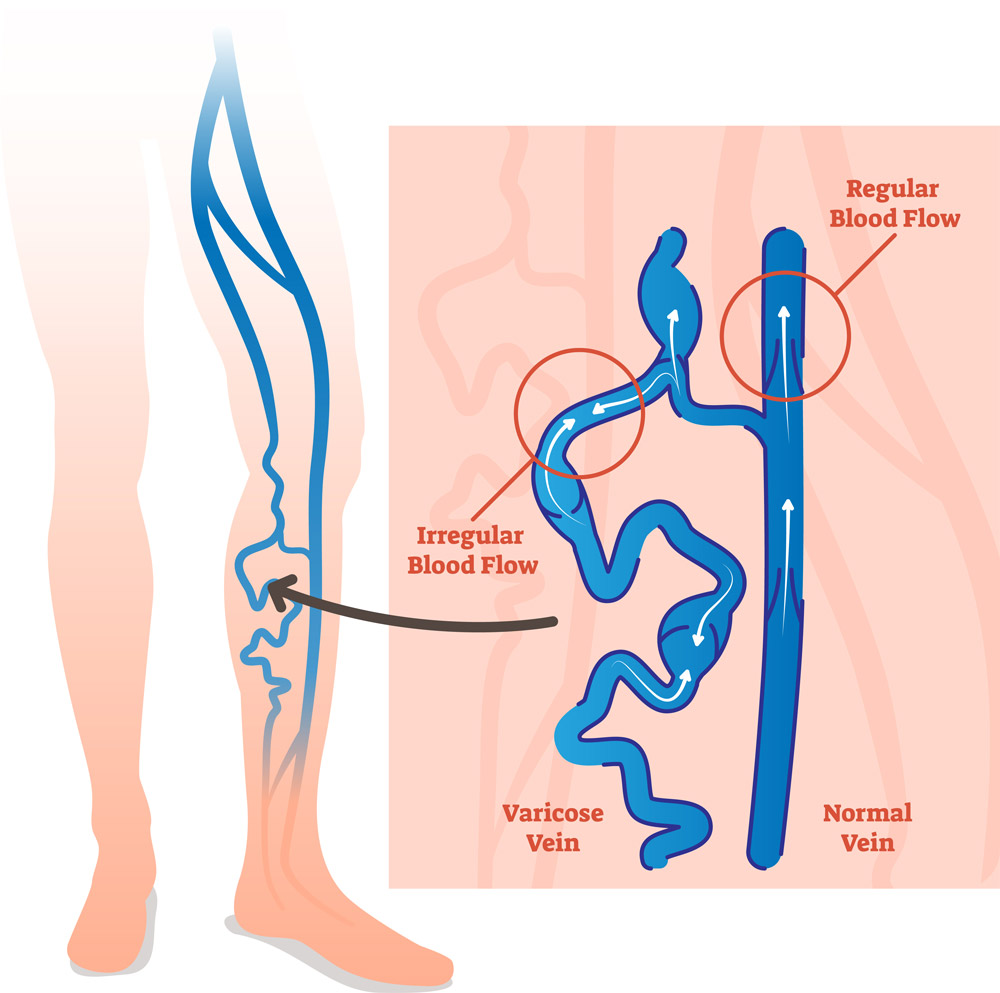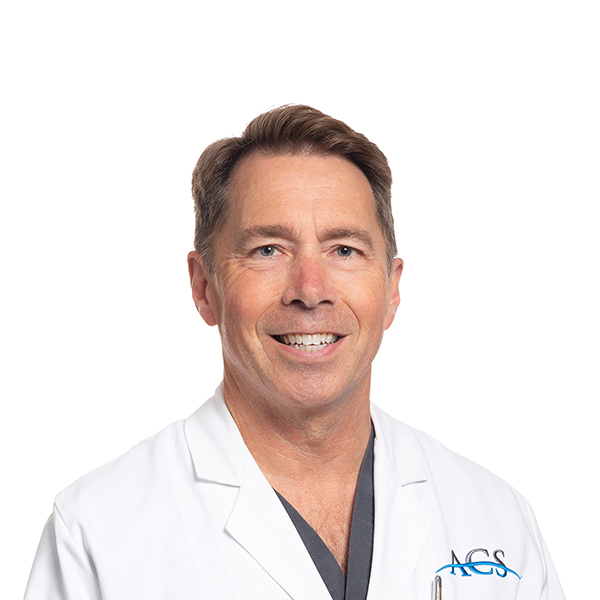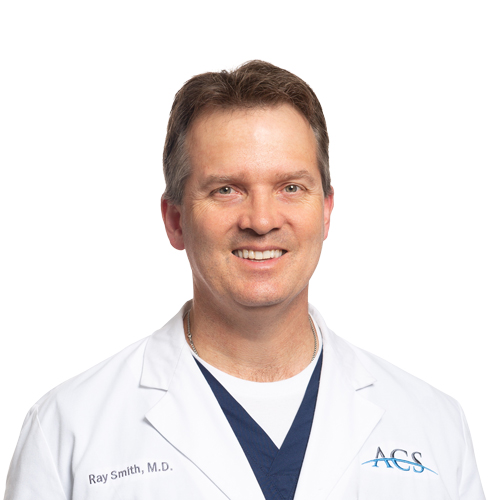
Do you suffer from leg pain or visible veins?
The most common venous conditions are spider and varicose veins, which can be indicative of or lead to more serious conditions. Aside from an undesirable cosmetic appearance, frequent symptoms of venous conditions include:
- Leg Pain
- Throbbing
- Burning
- Leg Fatigue
- Restlessness
- Poor Circulation
We Can Help
The Vein Center at Advanced Cardiovascular Specialists offers a full spectrum of diagnostic tests, and medical and cosmetic treatments for venous conditions. We focus on diagnosing potential underlying issues that might affect your cardiovascular system, and then provide appropriate treatment on a convenient outpatient basis.
1453 E. Bert Kouns Industrial Loop
Medical Office Building 1
Shreveport, LA 71105
318.798.9400
VENOUS DISEASE
Venous Disease is a vascular condition ranging from mild to life-threatening. Veins are thin, hollow tubes with flaps inside called valves. Veins carry blood throughout the body, while valves ensure blood flows in the right direction. If the vein walls or valves become damaged, blood flow can be interrupted, causing veins to stay filled with blood.
Risk factors for Venous Disease:
- Age
- Family History
- Female Gender
- History of Deep Vein Thrombosis (DVT)
- Obesity
- Pregnancy
- Sitting or standing for long periods of time
Symptoms of Venous Disease:
- Varicose Veins
- Swelling in legs and/or ankles
- Itchy, painful legs
- Pain during walking that stops while at rest
- Brown-colored skin, particularly near the ankles
- Leg ulcers
WHAT ARE VARICOSE VEINS?
Varicose veins occur when weak or damaged valves in veins cause blood to back up and pool. Typically appearing as bulging, bluish cords running beneath the skin, varicose veins are often painful and disfiguring.
Varicose veins are very common and often a genetic factor. Fortunately, there are excellent treatment options. If you experience swelling, enlargement of the veins, discoloration or fatigue of the legs, schedule an appointment with a cardiologist for a simple screening test.

WHAT ARE SPIDER VEINS?
Spider veins are small red or blue veins under the surface of the skin that commonly appear on the face and legs. While the exact cause of spider veins is unknown, heredity, pregnancy, trauma, aging, sun damage and hormonal influence can contribute to the condition.
SELF-CARE AND PREVENTION
While the cause of venous disease isn’t always clear, there are steps that can be taken at home to reduce risk and prevent the condition from worsening, such as:
- Exercise
- Weight management
- Elevating legs
- Avoiding prolonged standing or sitting
- Compression stockings


